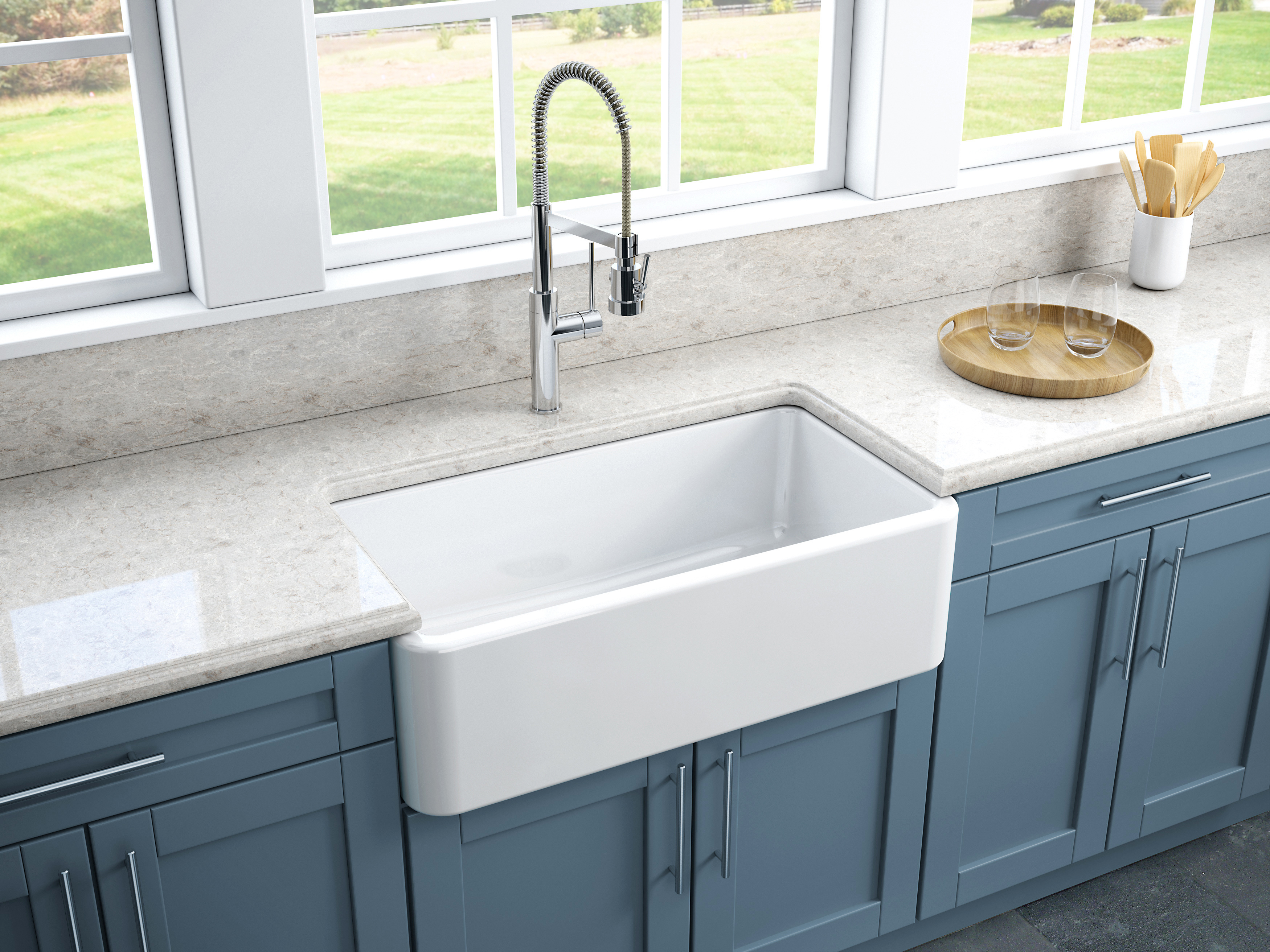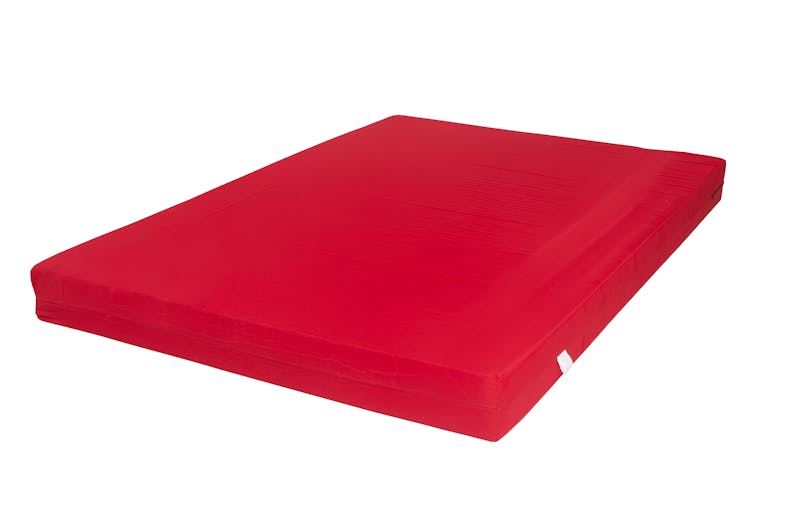When it comes to installing a new kitchen sink, there are a lot of factors to consider. From the material and design of the sink to the type of faucet and accessories, there are many decisions to be made. But one aspect that often gets overlooked is the size of the pipes that will be used to connect the sink to the plumbing system. This may seem like a minor detail, but using the correct pipe size is crucial for the proper functioning of your kitchen sink. So, what are the standard pipe sizes for kitchen sinks? The answer may surprise you. In most cases, the standard pipe size for kitchen sinks is 1 ½ inches. This may vary slightly depending on the specific sink and plumbing system, but 1 ½ inches is considered the most common and recommended size for kitchen sink pipes.1. Standard Pipe Sizes for Kitchen Sinks
While 1 ½ inches is the most common pipe size for kitchen sinks, there are other sizes that may be used depending on the specific needs and requirements of the sink and plumbing system. These sizes include 1 ¼ inches, 2 inches, 2 ½ inches, and 3 inches. However, it's important to note that these sizes are not as common and may only be used in certain situations. If you're unsure about the size of pipes needed for your kitchen sink, it's always best to consult with a professional plumber. They will be able to assess your specific setup and determine the best pipe size for your needs.2. Common Pipe Sizes for Kitchen Sinks
As mentioned earlier, the recommended pipe size for kitchen sinks is 1 ½ inches. This size is considered standard and is used in most residential and commercial kitchen sink installations. It provides enough room for water to flow freely and efficiently, while also being small enough to fit in most plumbing systems. While some may argue that a larger pipe size, such as 2 inches, may be better for a kitchen sink, this is not always the case. In fact, using a larger pipe may result in slower drainage and potential clogs, as the water may not have enough force to push through the larger pipe. That's why it's important to stick with the recommended pipe size of 1 ½ inches for your kitchen sink.3. Recommended Pipe Sizes for Kitchen Sinks
Choosing the right pipe size for your kitchen sink may seem overwhelming, but it's actually quite simple. As mentioned earlier, the standard pipe size for kitchen sinks is 1 ½ inches. However, there are a few factors that may affect the size of pipes needed for your specific setup. If your kitchen sink is located far from the main plumbing line, you may need to use a larger pipe size to ensure proper water flow. Additionally, if you have a garbage disposal or other accessories connected to your sink, you may need to use a larger pipe size to accommodate the extra waste and water flow.4. Choosing the Right Pipe Size for Your Kitchen Sink
The standard pipe size for kitchen sinks, 1 ½ inches, refers to the internal diameter of the pipe. This means that the actual size of the pipe is slightly larger, as it also includes the thickness of the pipe walls. This is an important factor to keep in mind when choosing the right pipe size for your kitchen sink, as the internal diameter is what determines the flow of water. It's also important to note that while 1 ½ inches is the standard pipe size for kitchen sinks, this may vary in different regions or countries. Always consult with a local professional plumber to ensure you are using the correct pipe size for your area.5. Understanding Standard Pipe Sizes for Kitchen Sinks
As mentioned earlier, the standard pipe size for kitchen sinks is 1 ½ inches. However, depending on your specific setup and needs, there are other pipe size options available. These include 1 ¼ inches, 2 inches, 2 ½ inches, and 3 inches. It's important to note that using a larger pipe size may not always be beneficial, as it may result in slower drainage and potential clogs. That's why it's important to consult with a professional plumber before making any decisions about the pipe size for your kitchen sink.6. Pipe Size Options for Kitchen Sinks
While 1 ½ inches is the most commonly used pipe size for kitchen sinks, there are other sizes that may be used depending on the specific setup and needs. These sizes include 1 ¼ inches, 2 inches, 2 ½ inches, and 3 inches. However, it's important to note that these sizes are not as common and may only be used in certain situations. Again, it's always best to consult with a professional plumber to determine the best pipe size for your specific kitchen sink setup.7. Commonly Used Pipe Sizes for Kitchen Sinks
If you're still unsure about the standard pipe size for kitchen sinks, here is a helpful chart to guide you:8. Standard Pipe Size Chart for Kitchen Sinks
Determining the correct pipe size for your kitchen sink may seem complicated, but it's actually quite simple. The best way to ensure you are using the correct pipe size is to consult with a professional plumber. They will be able to assess your specific setup and needs and recommend the best pipe size for your kitchen sink. If you're installing a new sink yourself, be sure to carefully read the instructions and specifications provided by the manufacturer. They will typically include information about the recommended pipe size for their specific sink.9. How to Determine the Correct Pipe Size for Your Kitchen Sink
In conclusion, the standard pipe size for kitchen sinks is 1 ½ inches. This is the most commonly used and recommended size for kitchen sink pipes. However, there are other sizes available depending on your specific setup and needs. It's always best to consult with a professional plumber to determine the best pipe size for your kitchen sink to ensure proper water flow and functionality. Remember, using the correct pipe size is crucial for the proper functioning of your kitchen sink. Don't overlook this important detail when installing or replacing your kitchen sink.10. Pipe Size Recommendations for Kitchen Sinks
The Importance of Choosing the Right Standard Pipe Size for Your Kitchen Sink

Why Standard Pipe Size Matters
 When it comes to designing a functional and efficient kitchen,
choosing the right standard pipe size for your kitchen sink is crucial
. The pipes that connect to your sink not only provide water supply but also carry out wastewater. Therefore, it is important to understand the standard pipe sizes and how they can affect the performance of your sink.
When it comes to designing a functional and efficient kitchen,
choosing the right standard pipe size for your kitchen sink is crucial
. The pipes that connect to your sink not only provide water supply but also carry out wastewater. Therefore, it is important to understand the standard pipe sizes and how they can affect the performance of your sink.
Standard Pipe Sizes for Kitchen Sinks
Efficient Water Supply
 Choosing the right standard pipe size for your kitchen sink is essential for maintaining a steady and efficient water supply
. If the pipes are too small, it can lead to low water pressure and slow water flow, making it difficult to wash dishes or fill up pots. On the other hand, if the pipes are too large, it can result in wasted water and higher water bills.
By selecting the correct standard pipe size, you can ensure a consistent and adequate water supply for all your kitchen needs.
Choosing the right standard pipe size for your kitchen sink is essential for maintaining a steady and efficient water supply
. If the pipes are too small, it can lead to low water pressure and slow water flow, making it difficult to wash dishes or fill up pots. On the other hand, if the pipes are too large, it can result in wasted water and higher water bills.
By selecting the correct standard pipe size, you can ensure a consistent and adequate water supply for all your kitchen needs.
Proper Drainage
 In addition to efficient water supply,
choosing the right standard pipe size for your kitchen sink is also crucial for proper drainage
. If the drain pipes are too small, they can easily become clogged, resulting in slow draining or even complete blockage. On the other hand, if the pipes are too large, it can lead to a noisy and gurgling drain. By selecting the appropriate standard pipe size, you can prevent these issues and ensure smooth drainage for your kitchen sink.
In addition to efficient water supply,
choosing the right standard pipe size for your kitchen sink is also crucial for proper drainage
. If the drain pipes are too small, they can easily become clogged, resulting in slow draining or even complete blockage. On the other hand, if the pipes are too large, it can lead to a noisy and gurgling drain. By selecting the appropriate standard pipe size, you can prevent these issues and ensure smooth drainage for your kitchen sink.
Consult a Professional
 While understanding the standard pipe sizes and their importance is essential, it is always best to consult a professional plumber
to determine the appropriate pipe size for your specific kitchen sink and layout
. They can also help ensure that the pipes are installed correctly and meet local plumbing codes.
In conclusion,
choosing the right standard pipe size for your kitchen sink is crucial for efficient water supply and proper drainage
. By understanding the standard sizes and consulting a professional, you can ensure a functional and well-designed kitchen for your home. Don't overlook the importance of these seemingly small details when designing your dream kitchen.
While understanding the standard pipe sizes and their importance is essential, it is always best to consult a professional plumber
to determine the appropriate pipe size for your specific kitchen sink and layout
. They can also help ensure that the pipes are installed correctly and meet local plumbing codes.
In conclusion,
choosing the right standard pipe size for your kitchen sink is crucial for efficient water supply and proper drainage
. By understanding the standard sizes and consulting a professional, you can ensure a functional and well-designed kitchen for your home. Don't overlook the importance of these seemingly small details when designing your dream kitchen.


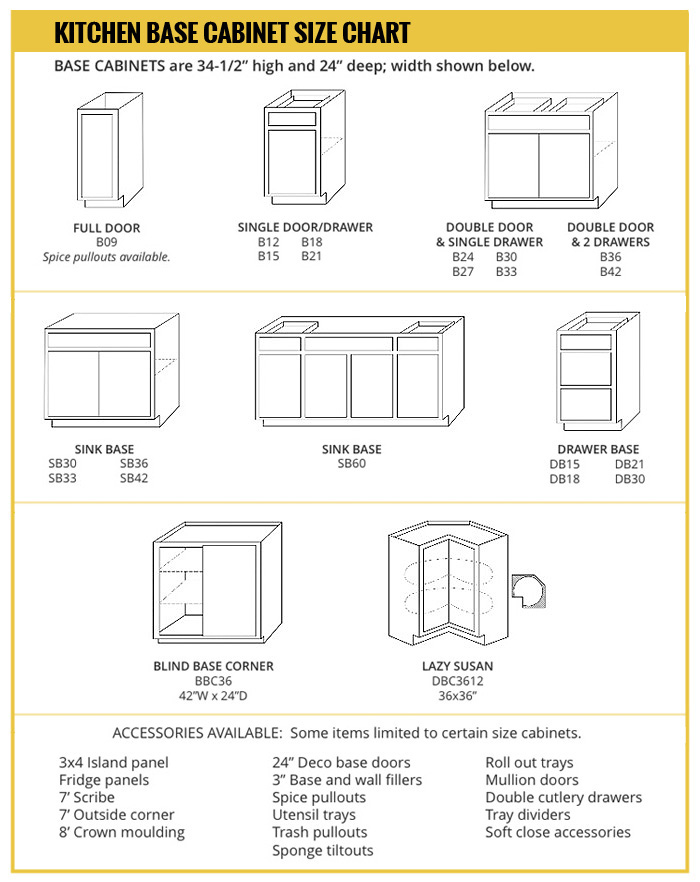

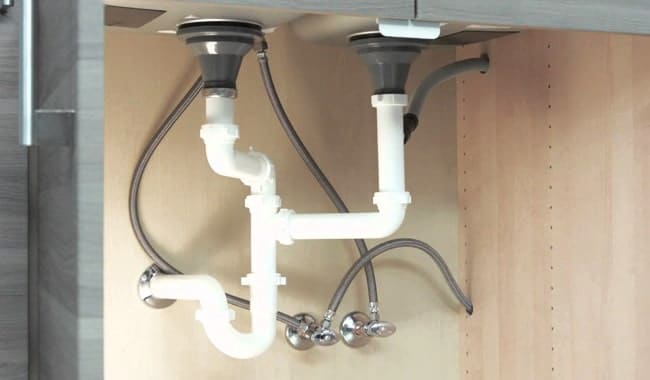

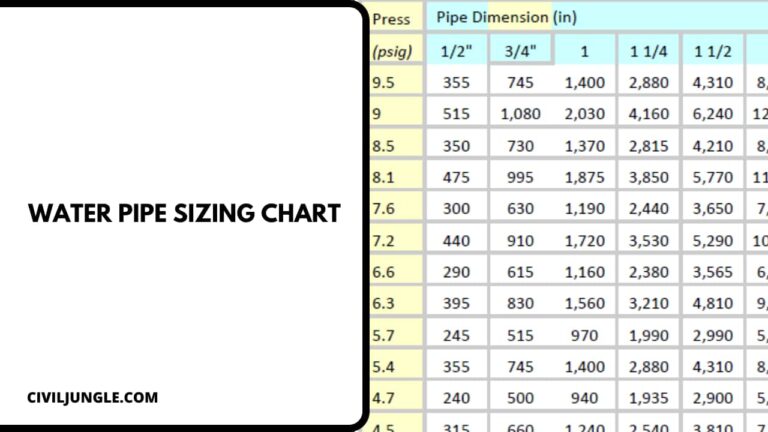








/how-to-install-a-sink-drain-2718789-hero-24e898006ed94c9593a2a268b57989a3.jpg)
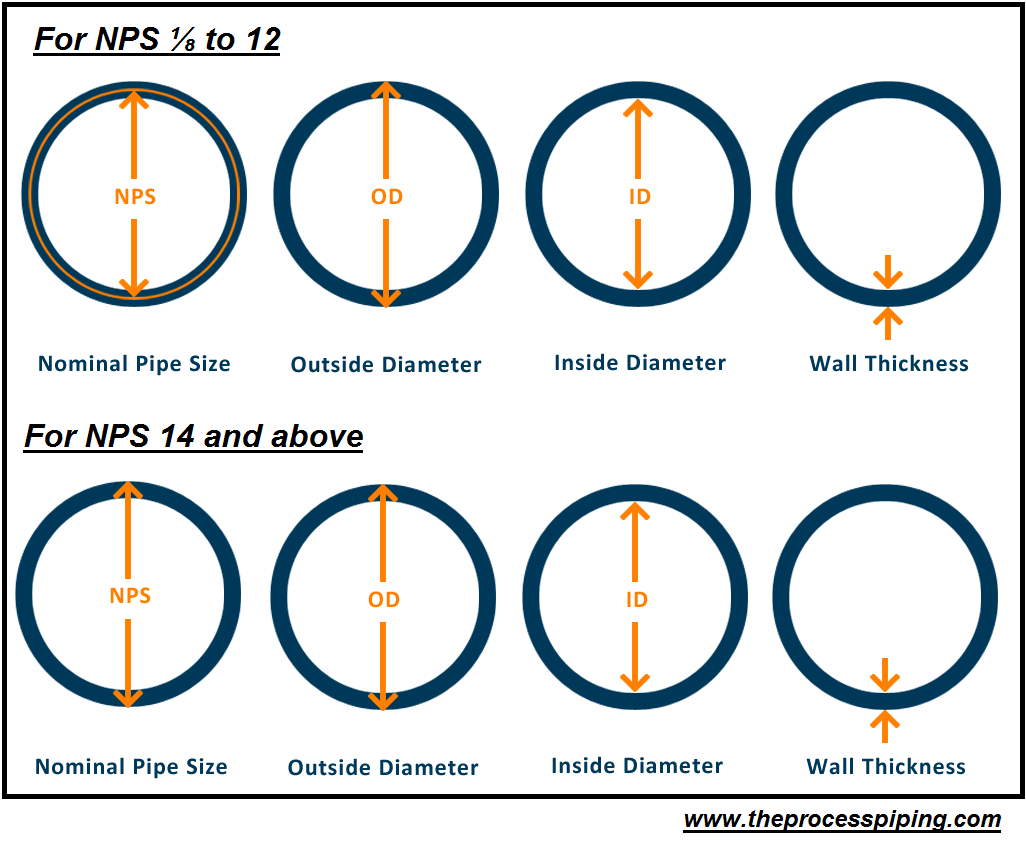

:max_bytes(150000):strip_icc()/double-sink-plumbing-differences-and-how-to-install-5209390-09-e44e8dd68aa34356a592a6d547c2628d.jpg)



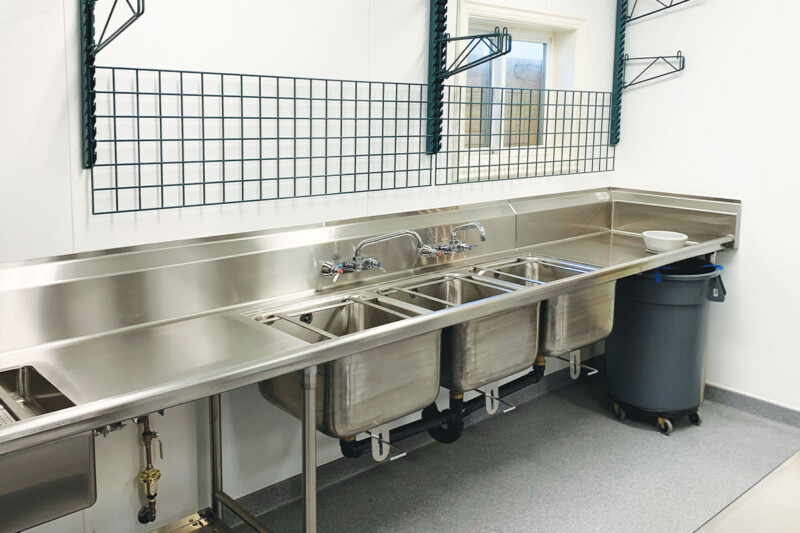


















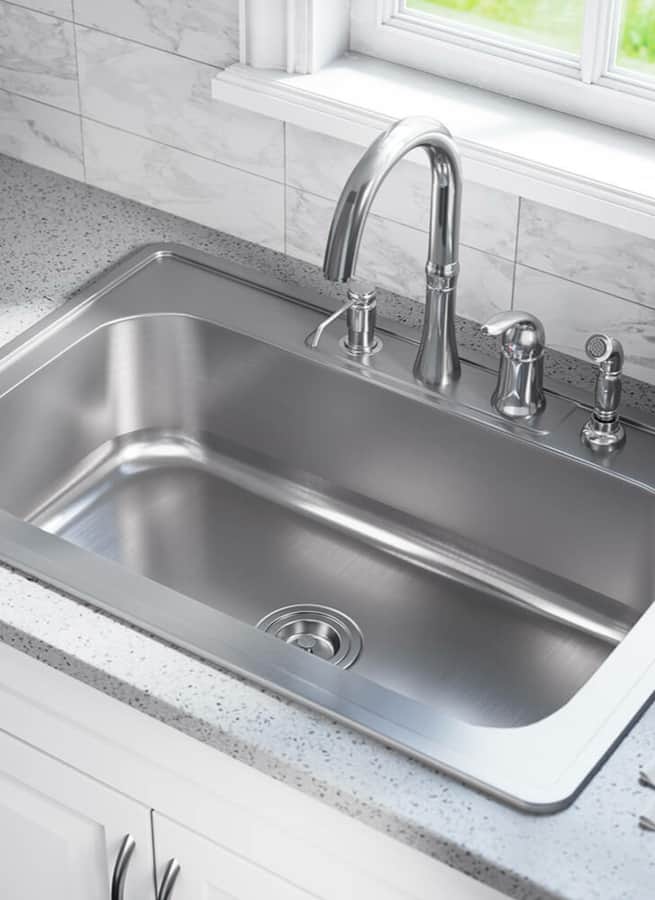

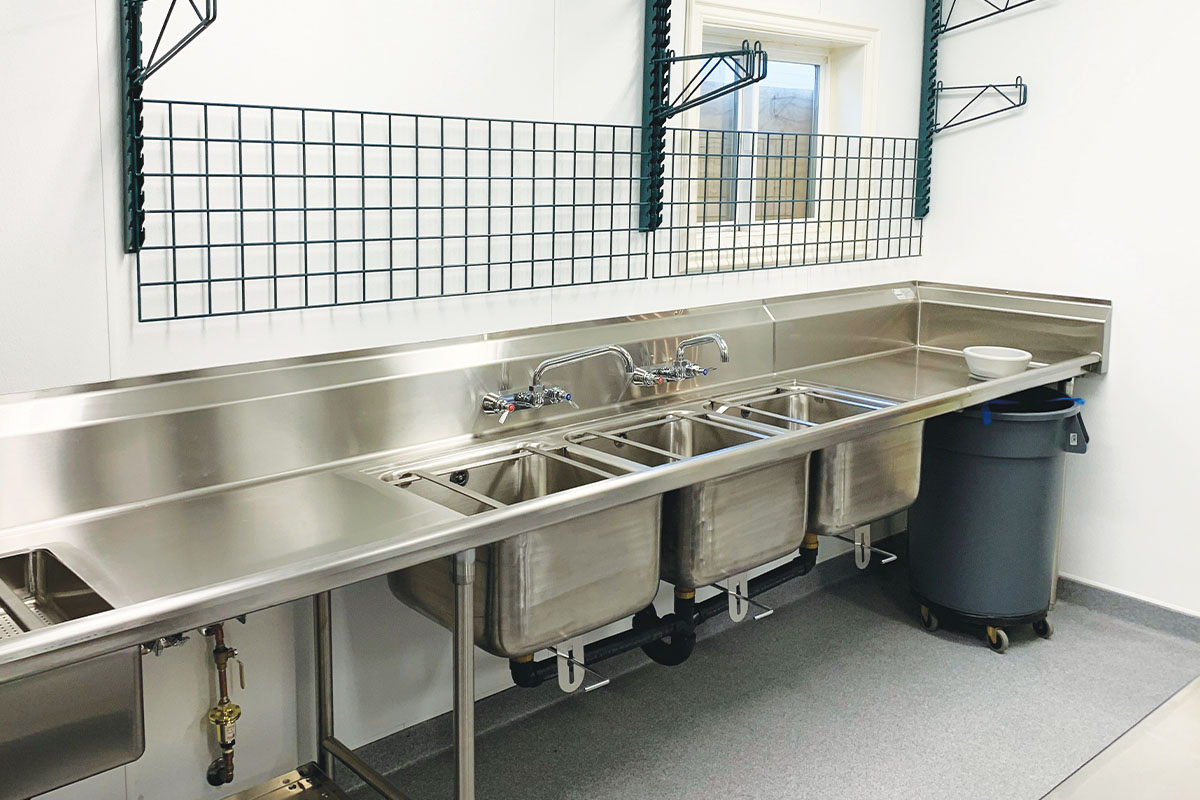









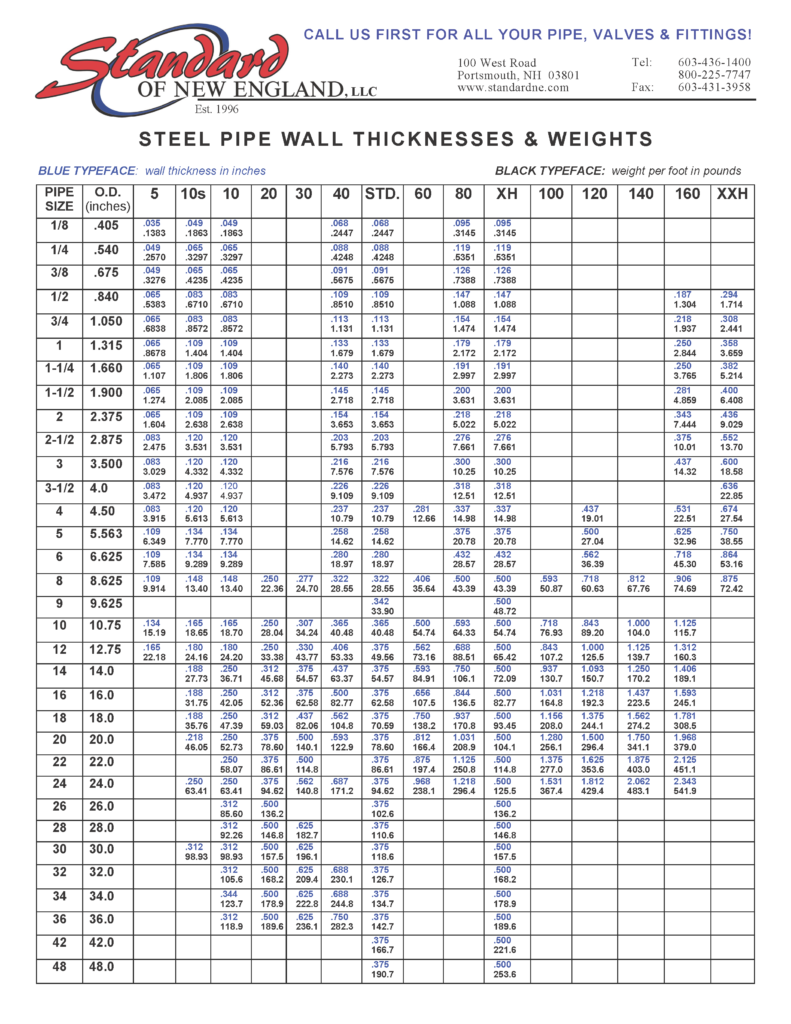


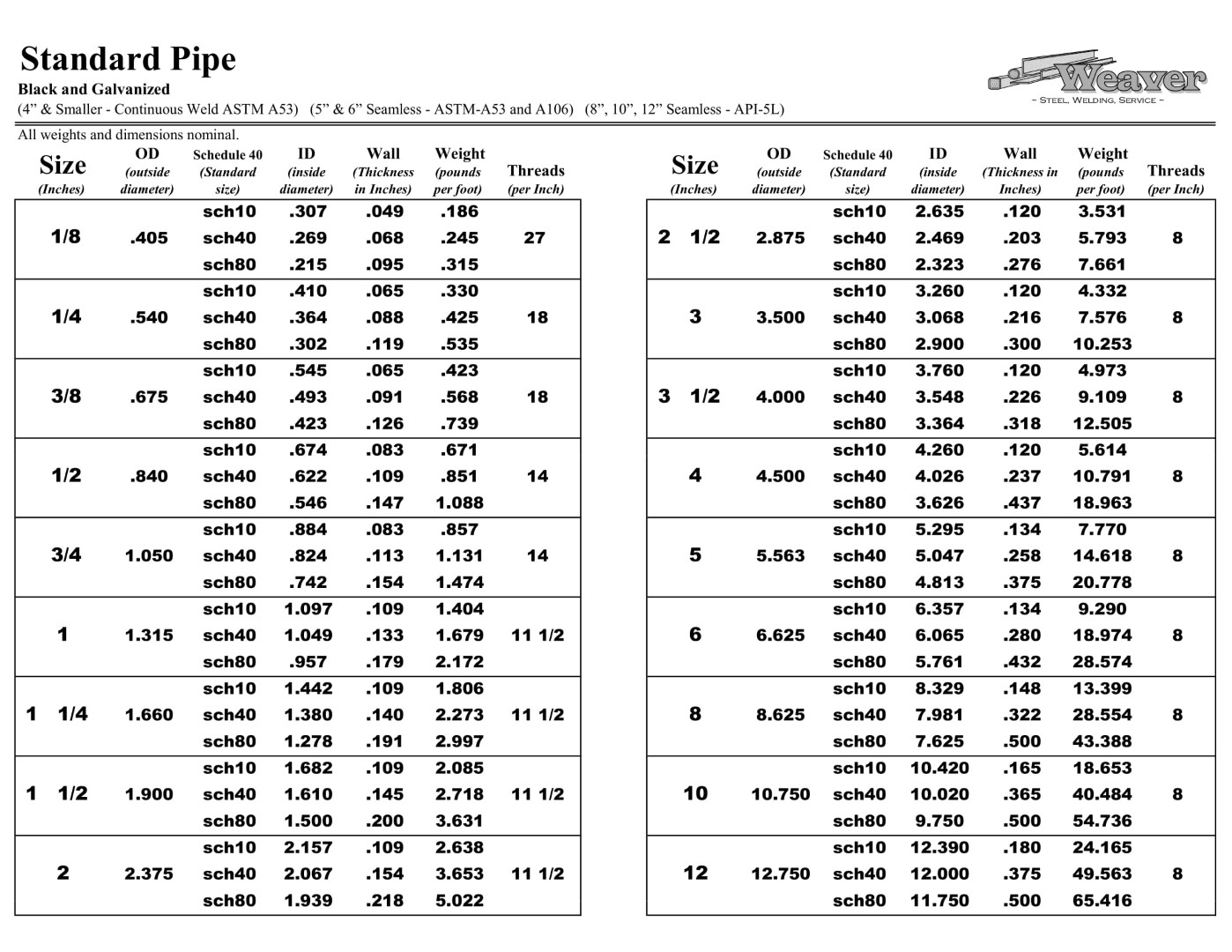
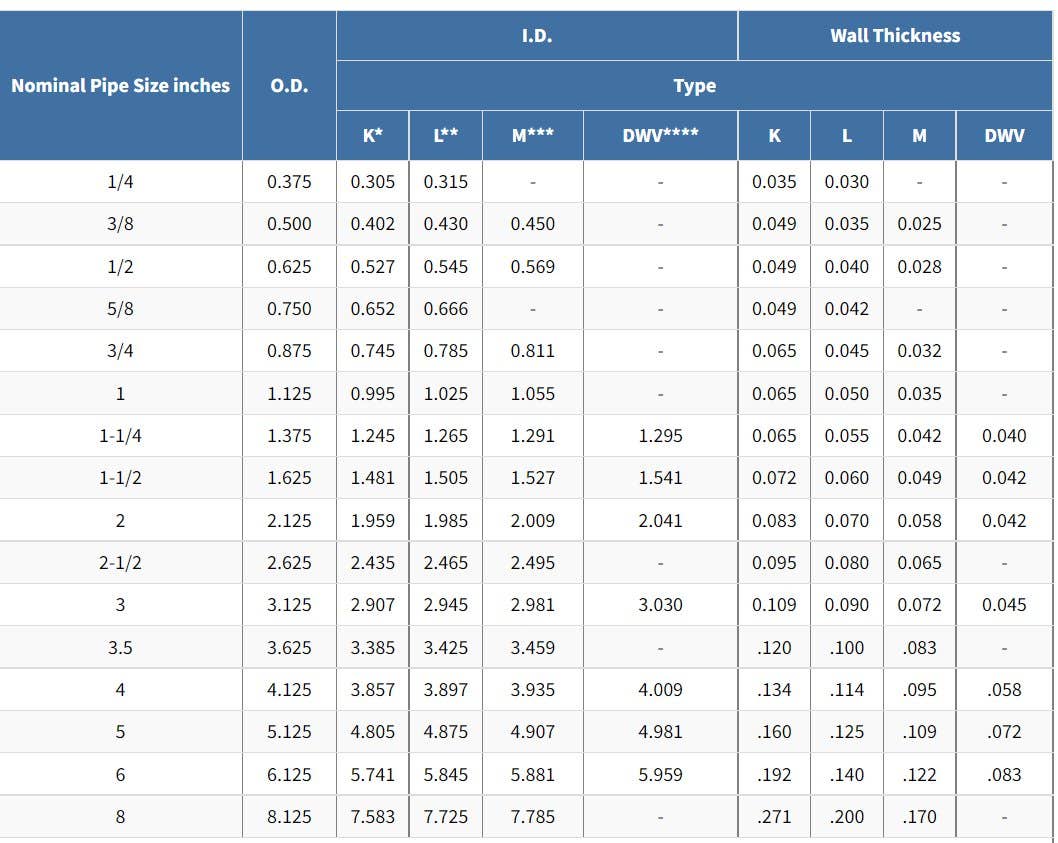
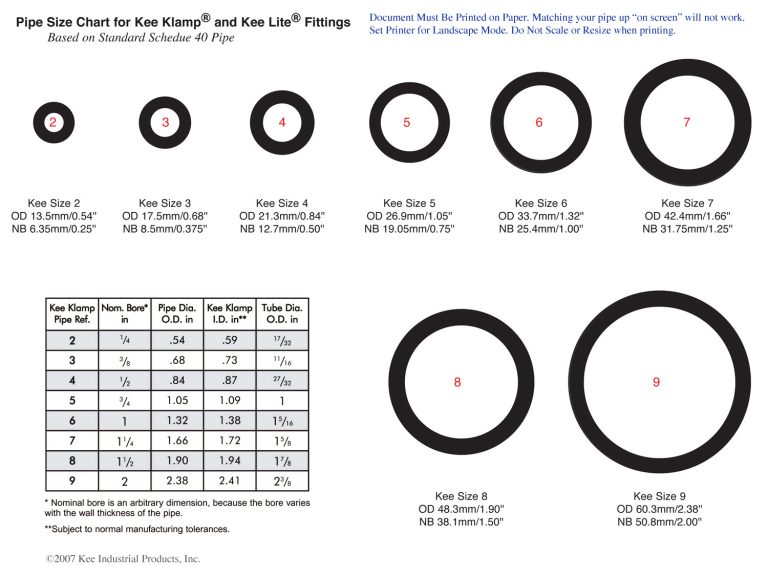
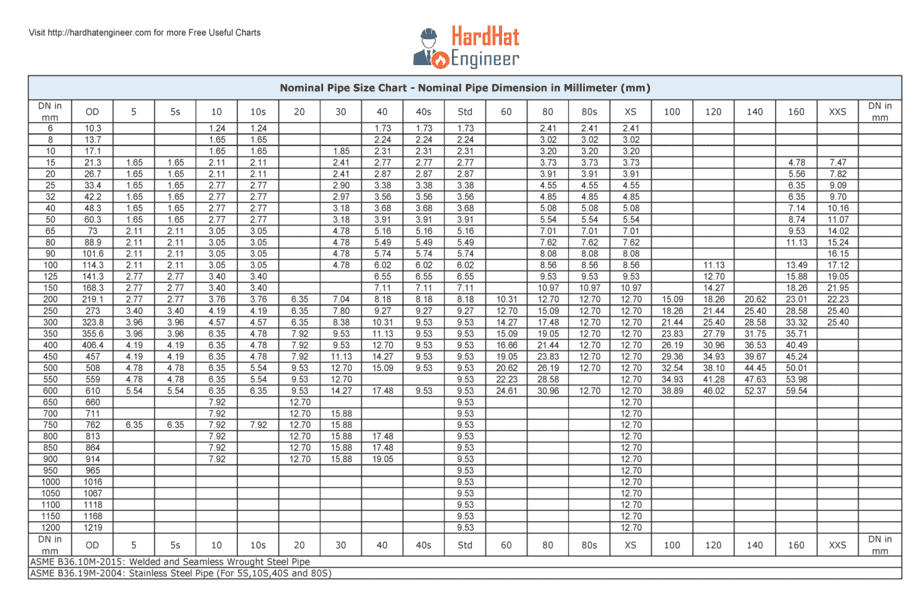
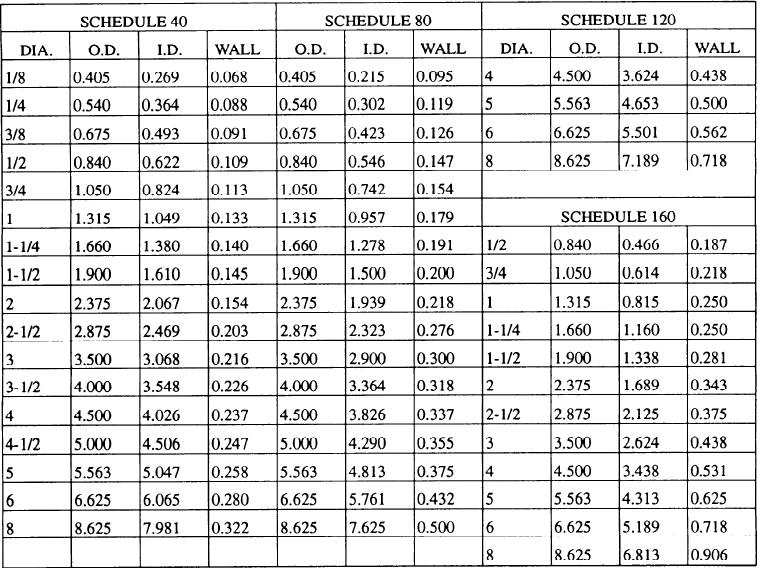
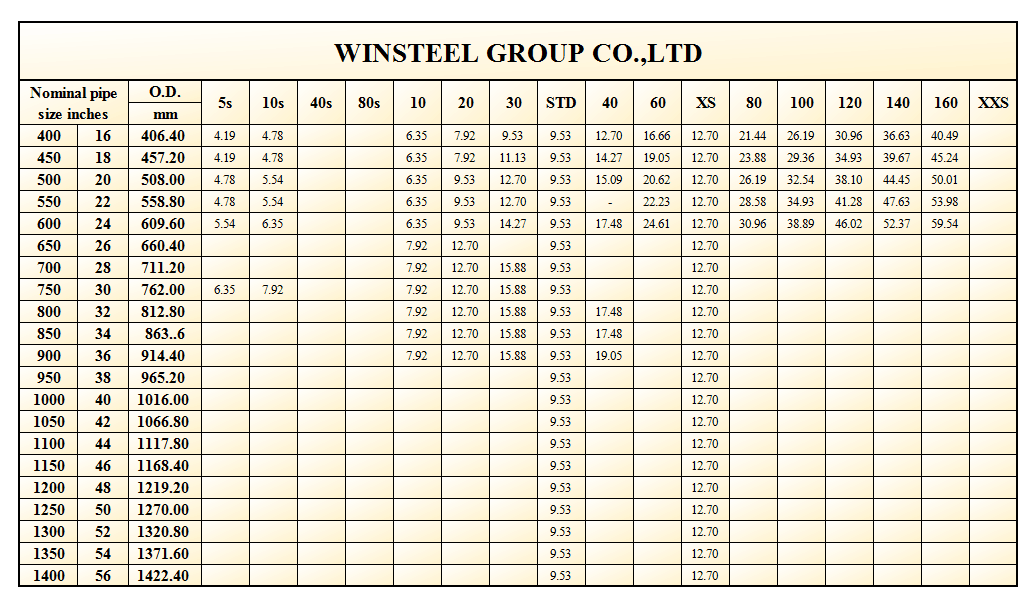







:max_bytes(150000):strip_icc()/Basic-kitchen-sink-types-1821207_color_rev-0b539306b9ef4236a136624ad2a89a4c.jpg)



